
On February 15th, the 18th day of the Chinese New Year, Sanyuanli Village in Baiyun District, Guangzhou, hosted its nearly 600-year-old Lantern Festival celebration. More than 50 lion dances gathered, with teams from over 20 brother villages in the Guangdong, Hubei, and Guangxi provinces. The lion dance parade was held to celebrate the festival, attracting thousands of local residents and tourists. This tradition of inviting neighboring villages and cross-provincial friendly villages has become a key part of the celebration, serving to strengthen ties between families with shared ancestry and to exchange lion dance skills.
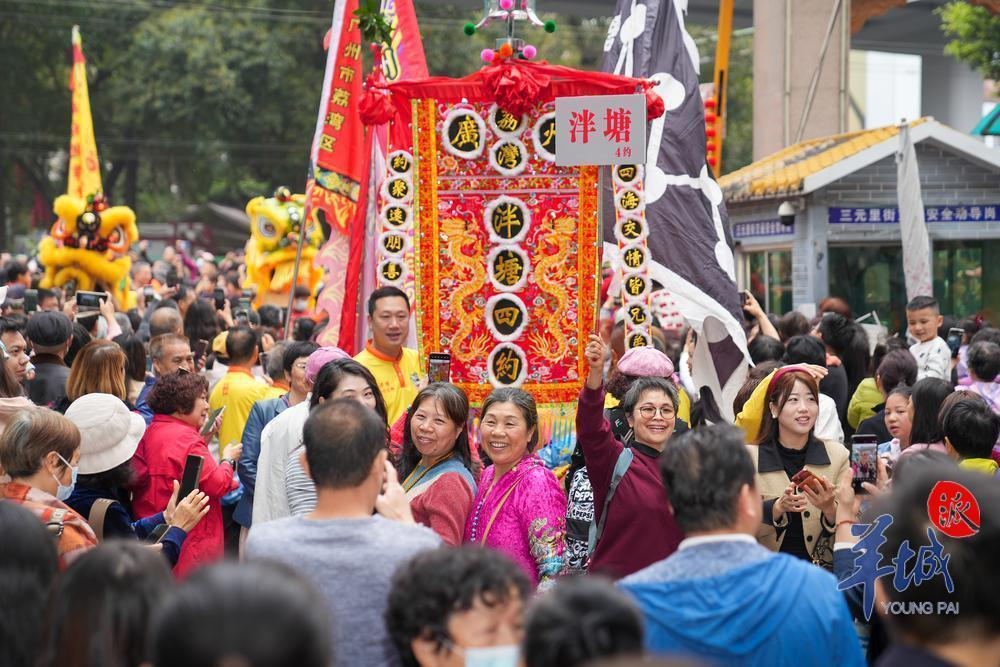
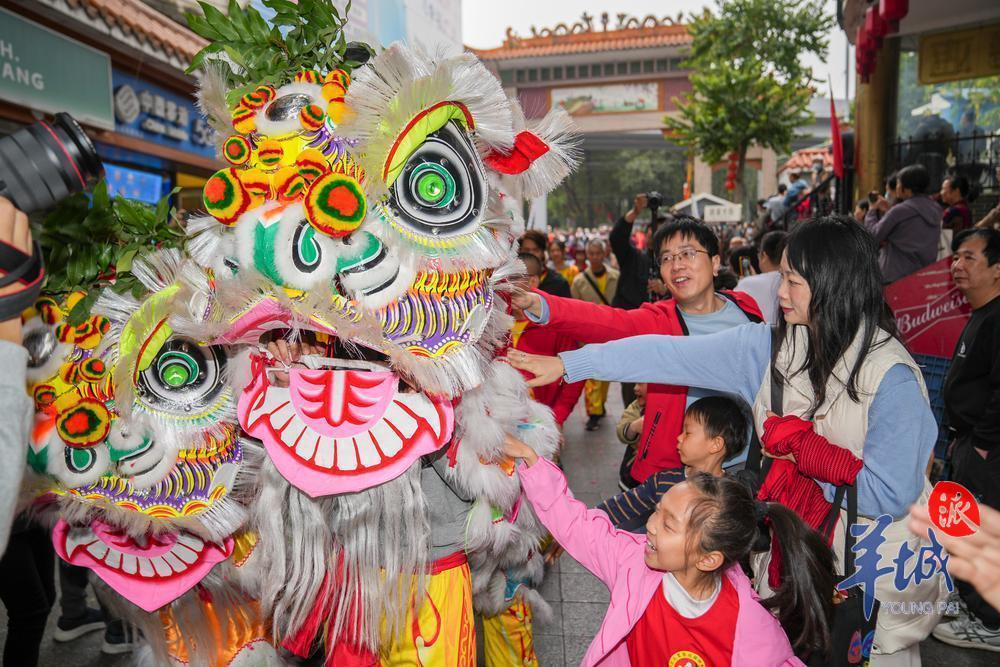
During the parade, the lion dance teams visited the major ancestral halls in the village. The lion heads gently tapped the door frames, and the bodies leaped and twisted, performing the traditional "cai qing" (plucking the greens) ritual to pray for blessings for the clan. Both adults and children in the crowd eagerly reached out to touch the lion's head and body, hoping for good luck. "The custom of celebrating the Lantern Festival has been passed down for 600 years, and it's always the highlight of the year for our village. This year feels even livelier than usual. I brought my child to join in, to experience the festive atmosphere and carry on the traditional culture," said Ms. Li, a resident of Sanyuanli Village.
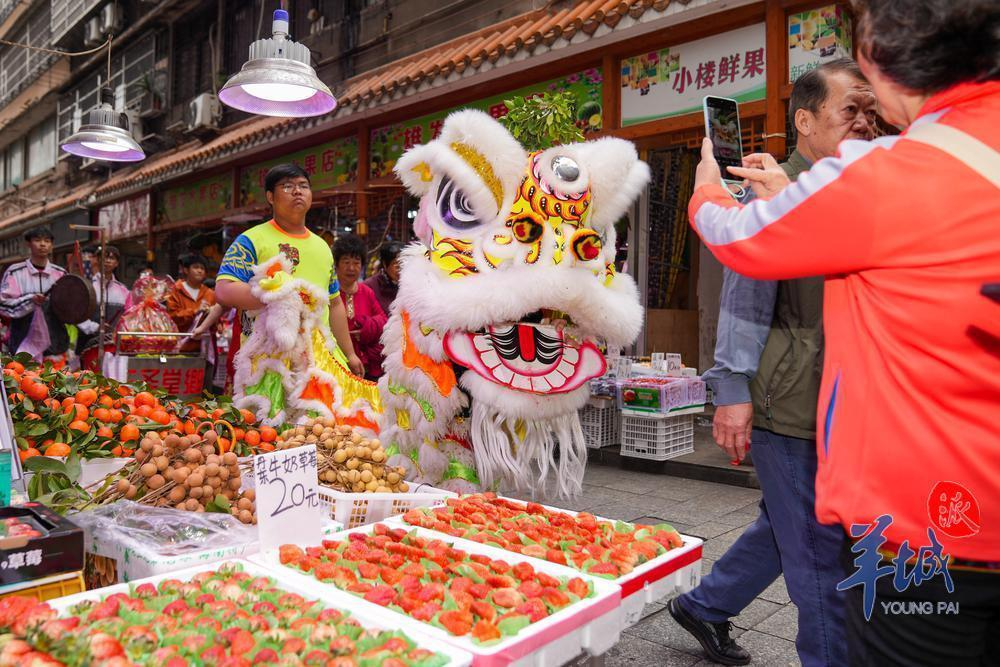
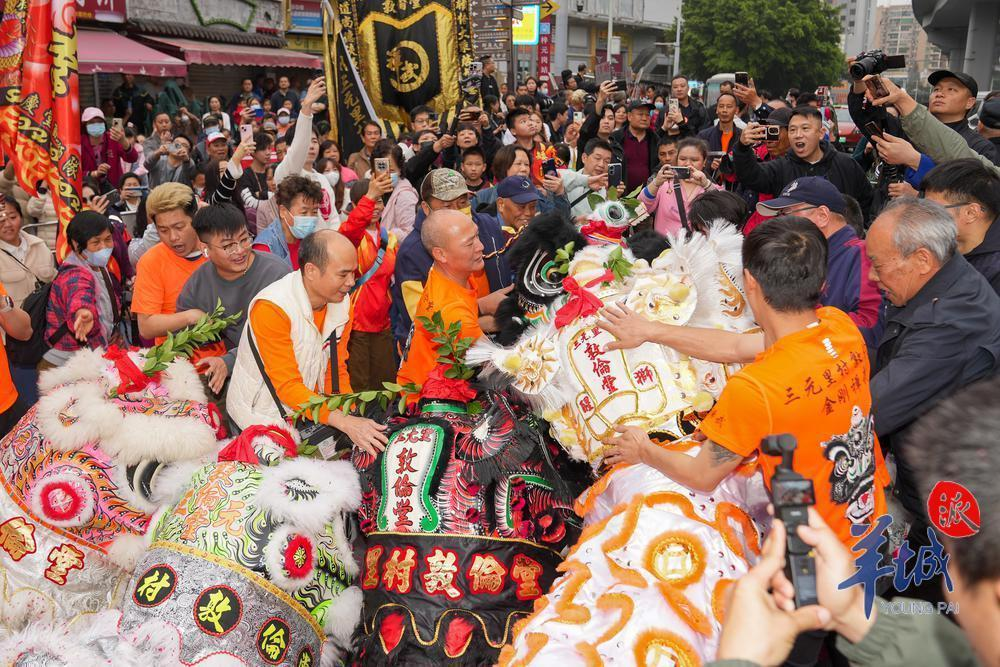
As for the origin of this celebration, Li Chengqing, the leader of the Dunhetang Lion Dance team in Sanyuanli Village, explained that it originates from the regulation of a township during the Ming Dynasty. At that time, the eighteen villages of Enzhou in Panyu agreed to celebrate the Lantern Festival as a day of mutual greetings among villages, with each village taking turns to host. Sanyuanli Village was assigned the 18th day of the Chinese New Year for this celebration. Additionally, the Lantern Festival activities in Sanyuanli are linked to the resistance against British forces. During the British invasion of Guangzhou, the ancestors of Sanyuanli sent pigeons to deliver messages, and the villagers from 103 surrounding villages quickly came to their aid, leading to victory. After the battle, the villagers, in gratitude for the support from their neighboring villages, upgraded the Lantern Festival celebration into a "Thanksgiving Celebration" to honor the bonds of brotherhood among the villages.
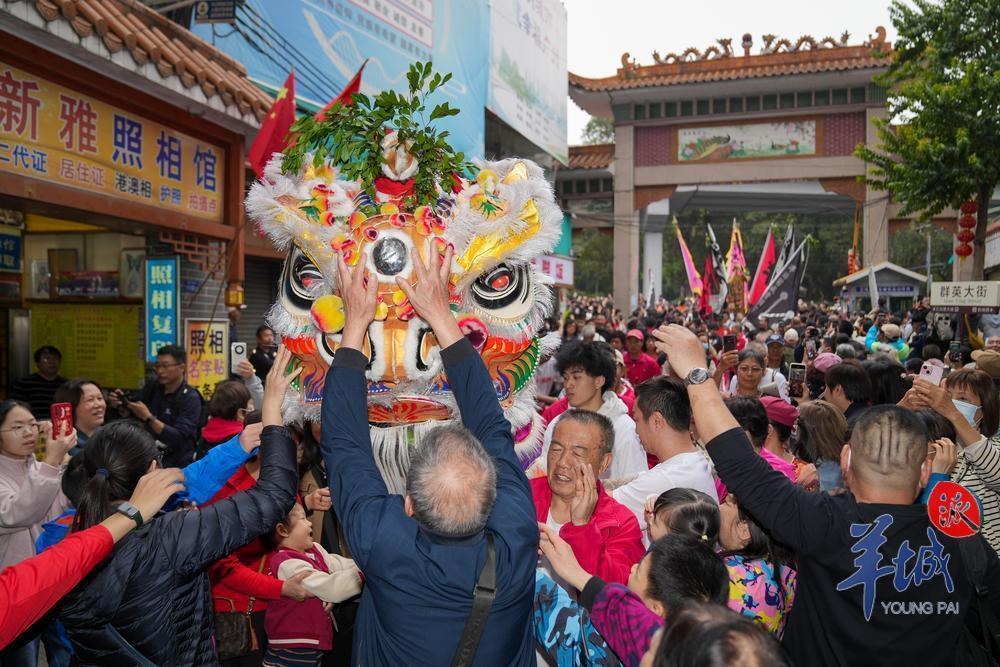
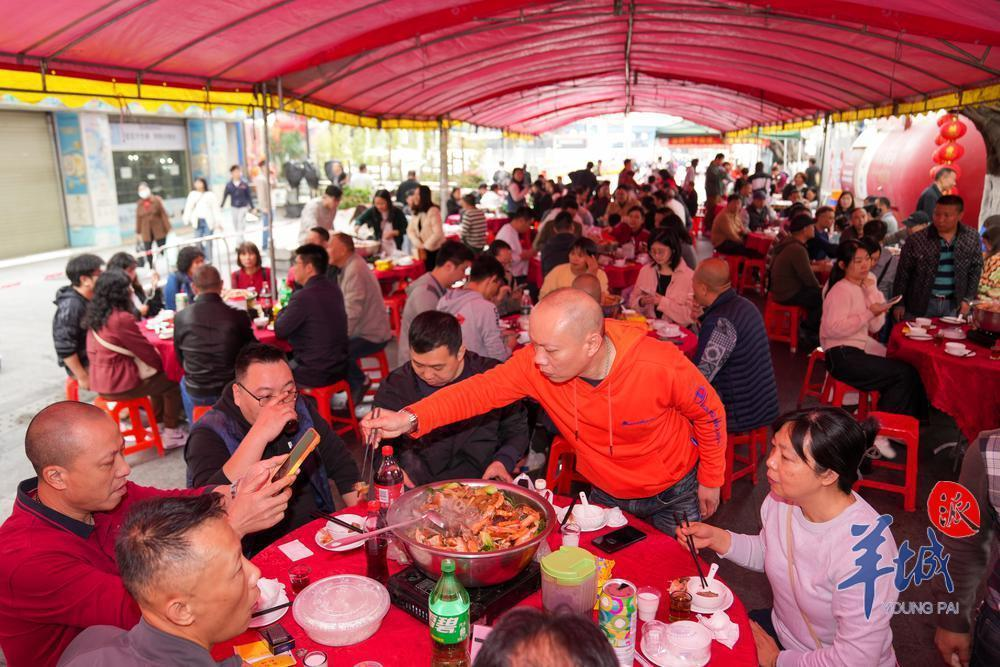
Source: Lingnan on the Cloud
三元里村600年元宵盛事上演,逾50头醒狮齐来庆贺
2月15日农历正月十八,广州市白云区三元里村举办延续近600年的元宵盛事。粤鄂桂三省20多个兄弟村、逾50头醒狮齐聚,以醒狮巡游共庆佳节,吸引数千市民游客围观。这种邀请邻村及跨省友好村会狮的传统,已成三元里村村庆,既能联络同宗血脉,又能切磋舞狮技艺。
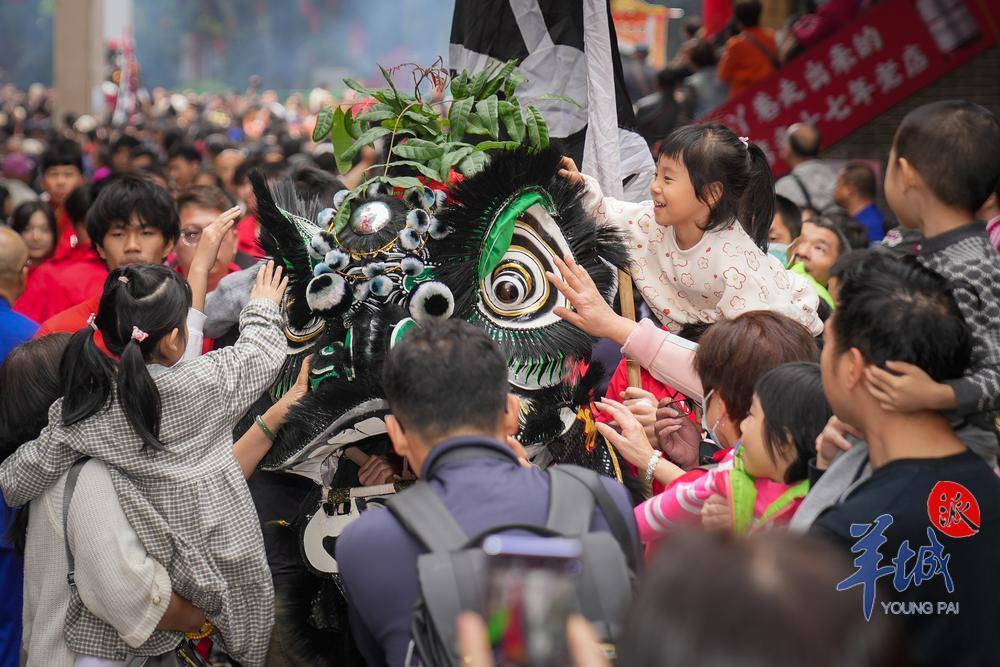
巡游时,醒狮队伍依次拜访村内各大古祠。狮头轻叩门楣,狮身腾跃翻转,用传统采青仪式为宗族祈福。围观的大人小孩纷纷伸手抚摸狮头、狮身,期望讨个好彩头。“正月十八闹元宵的习俗已经延续了600年,每年都是村里的重头戏。感觉今年比往年都要热闹,我带着孩子一起过来,感受喜庆氛围,传承传统文化。”三元里村民李女士说。
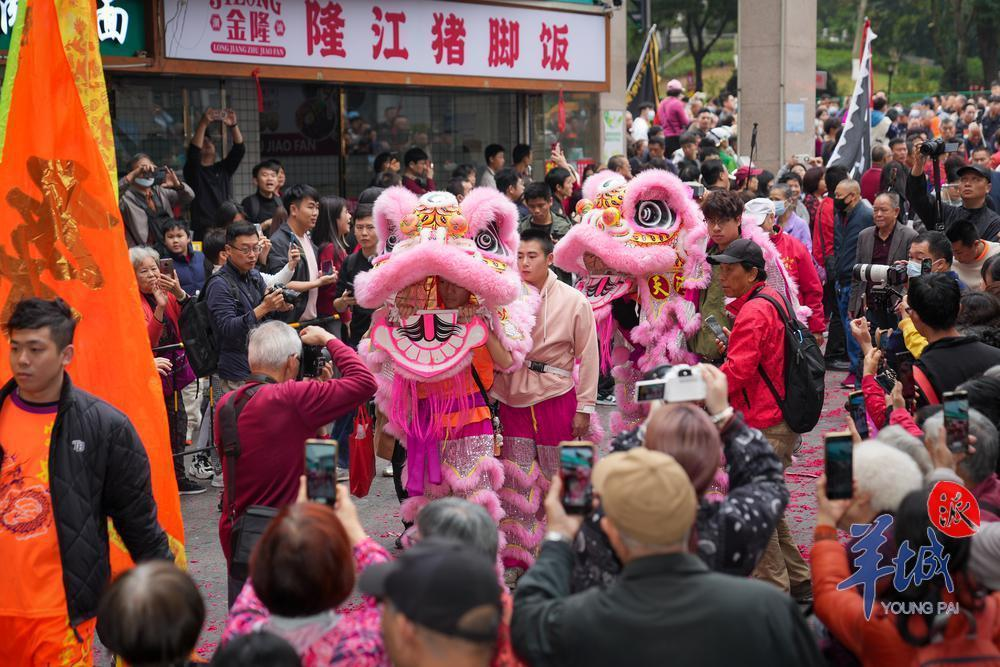
至于为何在正月十八闹元宵,三元里村敦和堂醒狮队领队李成庆介绍,这源于明代乡约制度。当时番禺恩洲十八乡约定,将元宵节作为各乡互贺之日,各乡轮流做东,三元里乡定在正月十八。此外,三元里元宵活动和抗英斗争也有关联。当年英军侵犯广州,三元里村先辈飞鸽传书,103乡民众迅速支援,取得胜利。战后,村民为铭记兄弟村情谊,将正月十八元宵活动升级为“感恩庆典”。
文|记者 符畅 通讯员 周亚君 杨楚
图、视频拍摄|记者 梁喻
视频剪辑|记者 方可茵
译|林佳岱
审|王枥焓
-
DeepSeek officially launches in Dongguan
2025-02-15 22:22:39 -
New advances in Greater Bay Area's key transportation projects
2025-02-15 22:22:39 -
Guangdong athletes secure first medal at Asian Winter Games
2025-02-15 22:22:39 -
CCVlog|Connect People in Music 用音乐连接世界
2025-02-15 16:41:49






